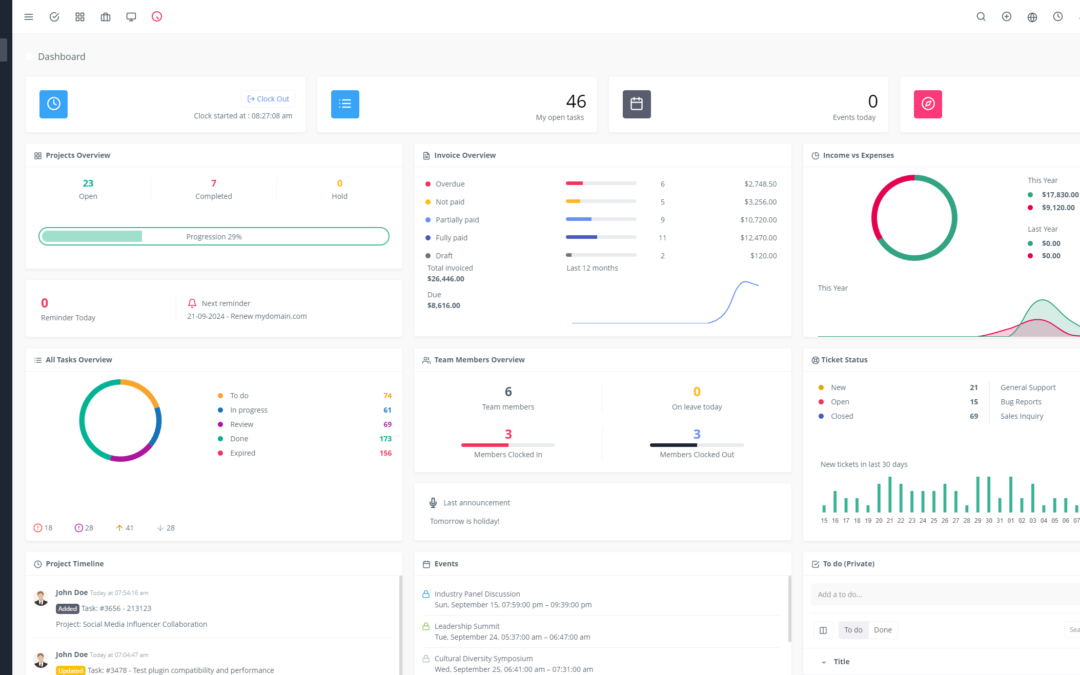The sales process is a complex but essential journey for any business that wants to thrive. To help you navigate this terrain, here is a glossary of key terms you will encounter often.
1. The First Steps:
Prospecting 🔍: This is the art of finding new potential customers. Imagine a fisherman casting his net into the sea to find fish. In sales, prospecting involves identifying individuals or companies who might be interested in your products or services.
Lead Qualification 🕵️♀️: Before moving to the next step, it’s crucial to know if a prospect is a genuinely good fit for your business. Qualification involves analyzing if the prospect aligns with your target audience and has the resources and need for your offer.
Sales Cycle 🔄: This is the sequence of stages a potential customer goes through, from the first point of contact to signing the contract. Each stage represents progress in the sales process.
2. The Sales Funnel:
Sales Funnel funnel : This is a visual representation of the potential customer’s journey, from their discovery of your business to their conversion into a customer. Imagine a funnel: prospects enter at the top, and those who stay until the end find themselves at the bottom, transformed into customers.
Sales Stage 👣: The sales funnel is made up of several stages, such as initial contact, qualification, presentation of the offer, negotiation, and closing. Each stage corresponds to a specific objective and a specific action.
3. Effective Communication:
Value Proposition 💪: This is what sets your offer apart from your competitors. In a few words, you must explain to your prospect why they should choose your product or service over another.
Selling Point 🗣️: These are the reasons why your prospect should buy your product or service. Each argument should address a specific need of the customer and provide a solution to a problem.
Sales Goal 🎯: This is an outcome you want to achieve with your sales process. A well-defined goal allows you to track your progress and measure your performance.
4. For a Successful Sale:
SMART Goal 🧠: A SMART goal is Specific, Measurable, Attainable, Relevant, and Time-bound. It allows you to set precise and realistic goals and measure your progress.
Customer Segmentation 👥: Dividing your audience into distinct groups based on their needs, characteristics, and behaviors. This allows you to tailor your message and sales actions to each segment.
Buyer Persona 👤: This is a fictional representation of your ideal customer. By defining the characteristics, motivations, and challenges of your persona, you can create more relevant messages and offers.
Demonstration 🖥️: This is your opportunity to show your prospect how your product or service works and how it can solve their problems. An effective demonstration can convince the prospect to take action.
Objection ✋: An objection is a question, doubt, or resistance from the prospect. Learning to handle objections is essential to successful sales.
Closing the Sale 🎉: This is the final stage of the sales process, where you ask the prospect to commit and buy your product or service. A good closing is clear, concise, and persuasive.
5. After the Sale:
Follow-up 🤝: Once the sale is closed, it’s important to stay in touch with the customer to ensure their satisfaction and build a lasting relationship.
Customer Loyalty 💖: The goal is to transform your customers into ambassadors for your brand. By fostering loyalty, you increase the probability that they will buy your products again and recommend your business to their friends and network.
6. Tools and Analysis:
CRM 🗃️: A CRM (Customer Relationship Management) is a tool that allows you to manage your customer relationships, track your interactions, and store important information.
Sales Analysis 📈: By analyzing sales data, you can identify the strengths and weaknesses of your sales process.
Sales Metrics 📊: These are the key indicators that allow you to measure the performance of your sales process.
KPI 🏆: KPIs (Key Performance Indicators) are specific metrics that measure the performance of your sales process and help you achieve your goals.
In Conclusion
The sales process is a constantly evolving field, but by understanding the key terms and applying best practices, you can improve your results and develop an effective sales strategy.
Feel free to use this glossary as a starting point for your journey toward commercial success! 😊🚀

